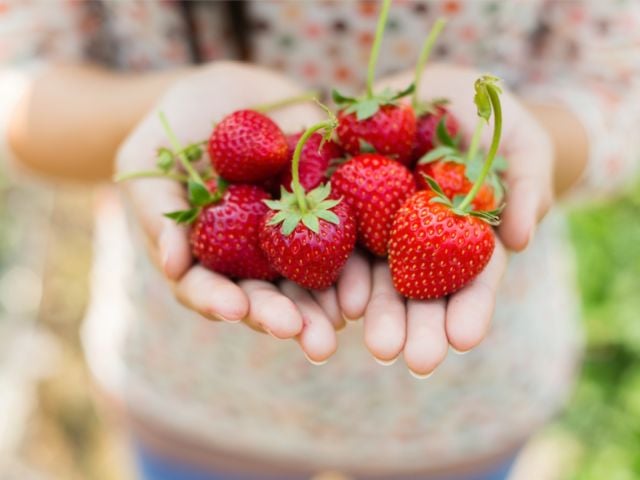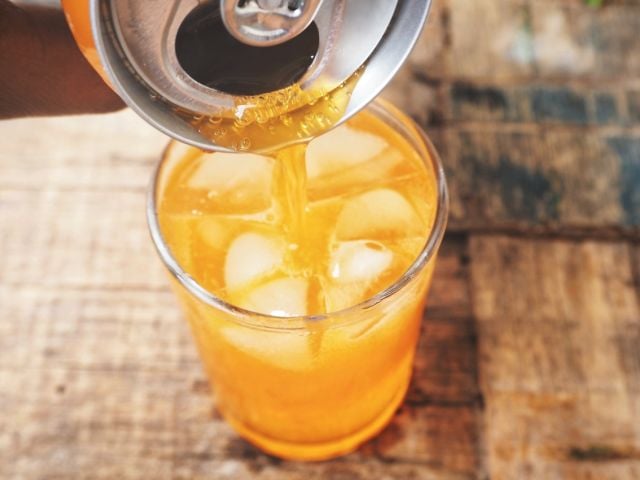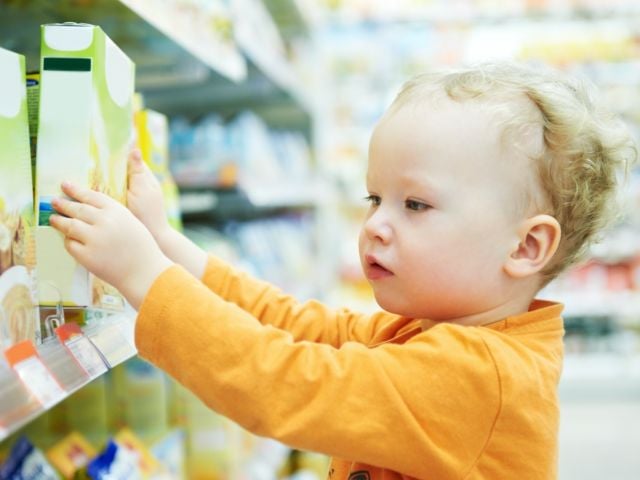Catch up on the latest news and analysis from EWG’s team of experts.
Displaying 1 - 20 of 1340
Majority of EWG's audience surveyed washes fruits and vegetables before eating

Interactive map: Tracking state food chemical regulation in the U.S.

Learn about the methodology behind EWG’s Shopper’s Guide to Pesticides in Produce™

Study finds drop in nutritional value of new cereals marketed to kids, prompting health concerns

How sunscreen ingredients are regulated in the U.S.
Wearing sunscreen is one of the simplest and most important ways to protect your health. Skin cancer is the most common form of cancer in the United States, and it’s on the rise, with one in five...

Not so g-r-r-reat: How food ads shape the diets of children and teens

Study finds cancer-causing chemicals in personal care products used by Black women and Latinas in L.A.
A new peer-reviewed study finds that many personal care products used by Black women and Latinas every day contain harmful chemicals linked to serious health risks, including cancer. The researchers...

Toxic substances in your suds? Study finds PFAS in local water used to brew beer

Is chewing gum releasing microplastics in your mouth?

The fight for food reform

Widespread TCE contamination at military bases shows need to keep EPA ban
More than 1,400 active and former military bases in the U.S. have had documented contamination with the cancer-causing chemical trichloroethylene , or TCE, a new EWG review finds. And much of the...

Despite health harm concerns, BHA and BHT remain in food and cosmetics

Over 1M New Yorkers could lose protection from toxic ‘forever chemicals’ in tap water

Beware of the chemical BVO in fruit-flavored drinks

What is propyl paraben?

No dyes, no problem: Your favorite snacks will still taste the same without synthetic colors

14 food chemical actions RFK Jr. can take to ‘Make America Healthy Again’
The food we eat should be nourishing and safe. But thousands of chemicals, some of which may be toxic, are allowed in a wide range of products, such as snacks, bread and more.

Today’s special sandwich ingredient: A chemical foaming agent

Tap water truths: Your questions, our answers
We know how important it is to feel confident about the water coming from your tap. That’s why EWG on social media asked you to share your top questions and concerns about drinking water quality.

What is GRAS?
Food and chemical companies are permitted to approve the use of new potentially harmful additives and other substances in snacks, drinks and more without the Food and Drug Administration’s review and...
